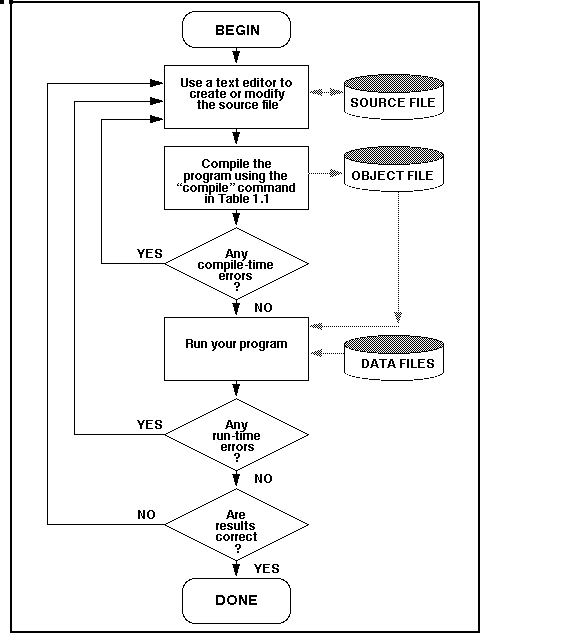More Echolocation Convergence in Bats
For many years the molecular sequences in the bat genome have not been cooperating, and recent research continues to confirm these findings. If evolution is true, then we must believe that the incredible echolocation ability found in some bats arose multiple times, by evolving independently. That’s not easy for evolutionists to explain. How could such uncanny design details repeat themselves via blind biological variation (no, natural selection doesn’t help)? Read more

 As everyone knows, life in all its countless instances (organisms) involves internal instructions, as well as processors that run them. Without these instructions, no organism would be able to originate in the first place, let alone develop or survive. The discovery of these instructions – contained in DNA/RNA macromolecules and the molecular machinery that reads and writes them in biological cells – has been hailed as one of the greatest theoretical and experimental breakthroughs of the 20th century. The ID movement claims that these scientific findings have only served to highlight the weaknesses and inconsistencies of the neo-Darwinian theory of macro-evolution, according to which all species have evolved from a common ancestor, as a result of random mutation and natural selection.
As everyone knows, life in all its countless instances (organisms) involves internal instructions, as well as processors that run them. Without these instructions, no organism would be able to originate in the first place, let alone develop or survive. The discovery of these instructions – contained in DNA/RNA macromolecules and the molecular machinery that reads and writes them in biological cells – has been hailed as one of the greatest theoretical and experimental breakthroughs of the 20th century. The ID movement claims that these scientific findings have only served to highlight the weaknesses and inconsistencies of the neo-Darwinian theory of macro-evolution, according to which all species have evolved from a common ancestor, as a result of random mutation and natural selection.  Last month, I noted with pleasure that Dr. Karl Giberson appeared to have extended an olive branch to ID people, and I wrote a reply
Last month, I noted with pleasure that Dr. Karl Giberson appeared to have extended an olive branch to ID people, and I wrote a reply